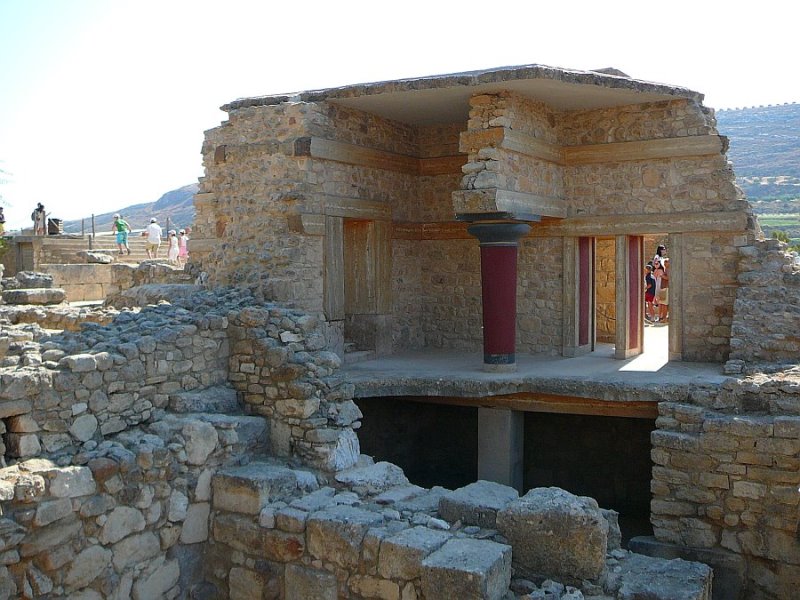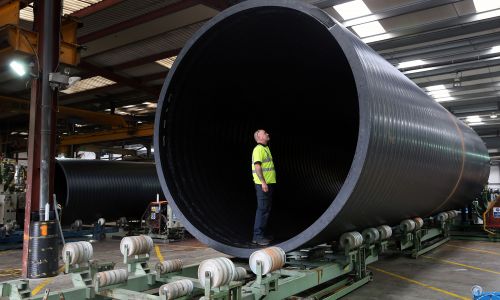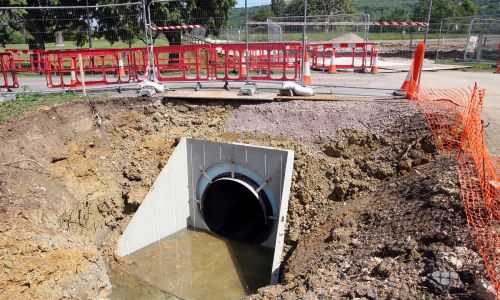13th July 2017
Harnessing the power of the Nile to bath time in ancient Rome - water management in the primitive world
Water keeps us alive and the earliest civilisations on earth recognised the significance of harnessing the power of water in order to survive and flourish. In fact, some the most successful ancient cities were the ones that discovered ways to provide their citizens with ample clean water, established efficient waste disposal processes, and the irrigation of essential crops.
The earliest water management practices have helped shape how we humans think about water in the modern day. Water is still used for the same tasks today as in the ancient world; essential practices like drinking, cooking, cleaning, irrigation, shipping, and powering machines. Now, civilizations everywhere rely on the effective control and management of water and many of the world’s greatest conurbations have been built near harbours and along the coast, in keeping with the blueprint of ancient cities of the past that still flourish today, including Cairo, Rome and Athens.
But which ancient examples of water management are the most impressive – and why?
Mesopotamia
In 4000BC Mesopotamia in the Middle East was home to the world’s first successful application of water control and management. The highly productive, fertile land was plagued by harsh, unpredictable weather and severe flash floods which necessitated the construction of an intricate irrigation system. Made up of canals, dams, and dikes designed to control, store, and direct water for use in the fields, the system was truly revolutionary one and one which changed the nature of human society forever.
So impressive was the impact of the world’s first successful water management project, that it led to the development of our first true civilisation, marking a movement away from a nomadic way of life to more static societies and the advent of a more advanced level of human social development.
Knossos Palace
During the Middle Bronze Age (ca. 2100–1600 B.C.) Crete’s population rose dramatically. Towns grew rapidly and the first palaces were built as the island experienced its first cultural explosion. Extensive systems and elaborate structures for water supply, sewerage systems, irrigation, and drainage soon followed in order to supply the growing population. Modern knowledge of the systems put in place at this time is mainly acquired from the Palace of Knossos. The palace in the region known as ‘Europe’s oldest city’ had at least three separate water-management systems: one for supply, one for drainage of runoff, and one for drainage of waste water. Water was supplied via aqueducts bringing fresh water from springs around 10km away, and was distributed through a network of terracotta piping located beneath the palace floors. The pipes were constructed in sections of about 60 cm–75 cm each and were expertly shaped with tightly interlocking sections, incredibly similar to many modern-day practices.
Ancient Egypt
It’s well known that the Nile was the political, economic, and life-sustaining centre of ancient Egypt. To this day, almost 90% of Egypt is dry or arid land, so the regularity with which the River Nile would break its banks and flood the nearby lands allowed the country’s agriculture to prosper even in ancient times. Without the mighty Nile, the country would have been as barren as the deserts which dominate northern Africa. It’s no surprise then that successful water management practices would be essential to developing the country’s evolving civilisations. With this in mind, and over the course of many centuries, a workforce of millions set about creating an elaborate system of trenches, wooden dams, and man-made basins in order to control the flow of water and ensure the supply lasted throughout the year. The ancient Egyptians also constructed a highly accurate calendar to predict the timing and extent of the annual flooding episodes, when the river would deposit water and fertile upon the agricultural lands. Too little water would cause famine, and too much water would limit the sowing of fresh crops. With the Nile as the lifeblood of Egypt, both in ancient times and the modern day, water management has long had a profound impact on the culture and economics of the country.
Babylon
King Nebuchadnazzar’s reign (605-562BC) marked a turning point in the sophisticated utilisation of water management practices. His palace had an extensive water system, which consisted of both a private shower and toilets, and the administrative buildings also used a similarly advanced system. There was also an extensive drainage system under the palace complex to dispose of the waste from the sacrifice of animals.
Babylon was a major city of ancient Mesopotamia and at the time a rigid new class system began to develop from the requirements of controlling a large population. The King’s pioneering practices are one of the earliest examples of water management’s effect on class systems. Nebuchadnazzar’s reign also put into motion a movement towards water management for the purposes of developing art and luxury, rather than simply facilitating matters of necessity like drinking water and sanitation. Most notably, he constructed the Hanging Gardens; an elegant water system made up of multiple levels of stone covered with rich soil and irrigated by an underground system of pipes. The Roman baths The ancient Romans constructed aqueducts in order to direct water from distant sources into their cities and towns. The water had practical uses in milling, farming, and gardening as well as supplying a steady stream to Rome’s water-hungry growing economy. The majority of the water was directed into the famous public baths, as well as latrines, homes, and fountains throughout the city. A total of eleven intricate aqueducts supplied water to the city, sustaining a population of more than a million people. The aqueducts proved a durable and reliable water supply and, in fact, there are several examples of Roman aqueducts that are still in use today; an extremely high profile example being tourist hot-spot the Trevi fountain, which is still fed by aqueduct water.



